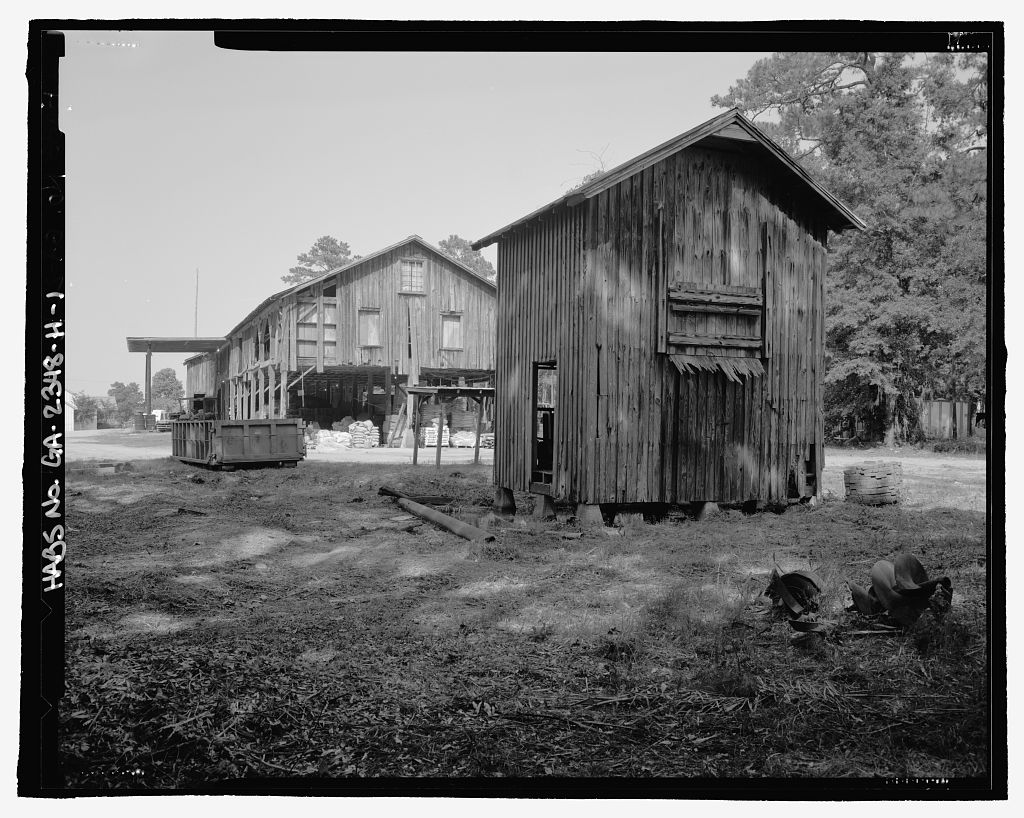Why HABS Photography Matters

HABS photography is a vital part of preserving our nation’s history. By documenting historic buildings and structures, HABS photographers help to ensure that these important pieces of our heritage are not forgotten.
HABS stands for Historic American Buildings Survey. It is a program of the Library of Congress that was established in 1933. The goal of HABS is to document the architectural and engineering features of historic buildings and structures. HABS photographers use large-format cameras to create high-quality images that capture the details of these buildings.
HABS photography has been used to document a wide variety of historic buildings, including homes, churches, schools, bridges, and factories. These images are an invaluable resource for historians, architects, and anyone who is interested in learning more about our nation’s past.
In addition to documenting historic buildings, HABS photography can also be used to document the changes that occur over time. By comparing images of the same building taken at different points in history, we can see how the building has evolved. This information can be used to understand the history of the building and the surrounding community.
HABS photography is a valuable tool for preserving our nation’s history. By documenting historic buildings and structures, HABS photographers help to ensure that these important pieces of our heritage are not forgotten.
Here are some of the benefits of HABS photography:
- It helps to preserve our nation’s history. By documenting historic buildings and structures, HABS photographers help to ensure that these important pieces of our heritage are not forgotten.
- It provides a valuable resource for historians, architects, and anyone who is interested in learning more about our nation’s past. HABS images can be used to study the architectural and engineering features of historic buildings, as well as the changes that have occurred over time.
- It can be used to document the changes that occur over time. By comparing images of the same building taken at different points in history, we can see how the building has evolved. This information can be used to understand the history of the building and the surrounding community.
If you are interested in learning more about HABS photography, you can visit the Library of Congress’s website. There, you will find a wealth of information about the program, including a gallery of images.


